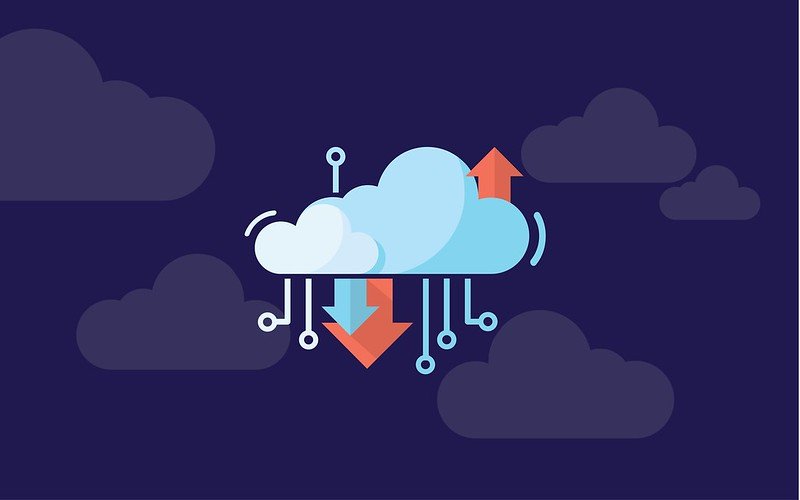The information technology landscape has seen major changes over the past few decades, with cloud architecture emerging as a fundamental innovation. This shift from traditional data centres to contemporary cloud solutions is a revolution in how companies and people process, store and manage information. In this article it is our objective to follow this journey, recounting the pivotal technical achievements along the way that have brought about what we now know as “cloud architecture”.
Data Management’s Beginnings: Traditional Data Centers
Four decades ago there were no personal computers, no data networks. In the earliest days of computer history data was managed through large physical arranged physical servers located in data centers. These facilities served as the backbone of IT infrastructure, providing hardware needed to support storage, management, and processing of information of all types ge. However, traditional centers posed their set of problems. They called for large capital investment, took up tremendous amounts of physical space, and consumed considerable amounts of energy. Also, expanding these centers in order to meet increasing demands for data was simply far too expensive and took up too much time.
Virtualization: Heading Into A More Flexible Tomorrow
The introduction of virtualization technology earlier this century has been the first great stride toward the flexibili-ty which cloud architecture enjoys today. Virtualization made it possible to create virtual machines (VMs) on a single physical server; this meant thatmultiple operating systems and applications could run concurrently. Not only did it make full use of hardware but also required less physical space and hence less energy consumption. In the following years, virtualization became fertile ground from which to cultivate more efficient and scalable IT.
History of Clouds
The phase “cloud computing” caught on because of the emerging computing service via the internet. The cloud offered self-service access to a shared pool of configurable computing resources, such as servers, storage and applications, that could be quickly provisioned or released. This was quite different from traditional data centres. As well discarding the need for title.
The Birth of Cloud Computing
Scalability: Cloud services could be scaled up or down quickly to meet changing workloads. Charge According to Usage: Organizations would therefore only pay for the computing resources they really employed in practice. Accessibility: Data and applications could be reached from anywhere, at any time, in a mobile cloud that fostered remote working and collaboration. Maintenance: Cloud providers not only supply did away with the requirement for companies to maintain their own infrastructure, they also took on IS responsibility that had previously been borne by IT departments. Private, Public and Hybrid Clouds
As cloud computing matured, different service management models emerged to meet the needs of various types of. The public cloud, by a third-party provider, offered services over the Internet to multiple customers “on rent”. The private cloud was dedicated and tailored for a single organization, giving more control and security. The hybrid cloud combined two kinds of data and computation environments, allowing data and application to move as appropriate between private and public clouds. It offered both flexibility and compliance.
Containerization and Microservices
The next breakthrough in cloud architecture came with the introduction of containerization and microservices. Containers are lightweight and stand-alone packages that include everything needed to run a piece of software, the code, runtime, system tools, libraries and settings. This, combined with a microservices architecture, where applications are built as a collection of loosely coupled services, made for even greater agility and scalability. It allowed for shorter lead times to market less need to tag software as potentially management one and systems in better shape.
Serverless Computing: The Future of Cloud Architecture
Serverless computing, the latest evolution in cloud architecture, abstracts the servers even further. Applications and services may be built and run by developers without having to maintain any infrastructure at all. The cloud supplier automatically provisions, scales and manages infrastructural resources whenever needed in order to support running that code. With a system like this one, companies can solely concentrate on their application code. This further reduces the complexity and cost inherent in operations and maintenance.
The Journey
The path starting from classical data centers up to contemporary cloud solutions reflects IT’s unceasing quest for greater efficiency, scalability, and innovation. In today s cloud architecture organisations are more agile and cost-effective than ever while also concentrating all their energies on their core business activities. As we look to the future, the growing possibilities for cloud architecture promise even more earth-shaking changes that will fuel the next wave of digital transformation.



